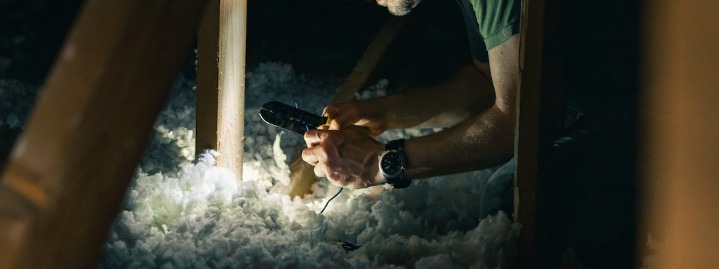Ultimate Guide to Choosing the Best Attic Insulation
Contents
- Ultimate Guide to Choosing the Best Attic Insulation
- Assessing your Attic
- Types of attic insulation materials
- Pros and cons of each insulation material
- R-value needed for your attic
- Insulation installation process
- DIY vs. hiring a professional for attic insulation
- Tips for preparing your attic for insulation installation
- Cost considerations and budgeting for attic insulation
- Frequently asked questions about attic insulation
Are you tired of high energy bills during the winter and summer months? Do you feel like your home just can’t retain heat or cool air? If you answered yes to either of these questions, then it’s time to consider upgrading your attic insulation. The right insulation can make a huge difference in regulating your home’s temperature and reducing your energy expenses. However, with so many different types of insulation on the market, choosing the right one can be overwhelming.
In this comprehensive guide, we’ll help you navigate the world of attic insulation by explaining the different types of insulation available, their benefits and drawbacks, and how to choose the best option for your home. With this guide, you’ll be on your way to a more comfortable and energy-efficient home in no time.
Assessing your Attic
Before embarking on any insulation project, it is crucial to assess the current state of your attic insulation. This step allows you to determine the effectiveness of your existing insulation and identify any areas that need improvement.
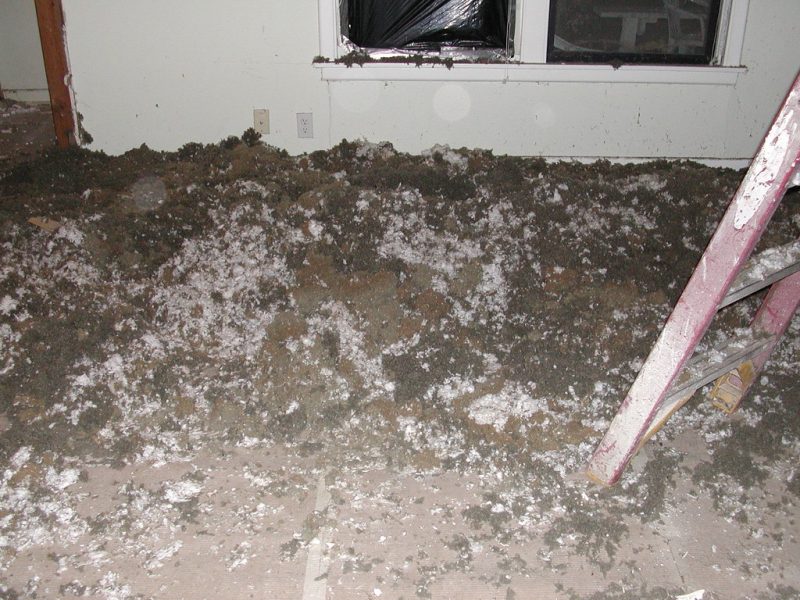
Start by inspecting the insulation material currently in your attic. Common types of insulation include fiberglass batts, blown-in cellulose, and spray foam. Take note of its condition, thickness, and coverage. Look for signs of wear, damage, or settling, as these can impact the insulation’s performance.
Next, check for any gaps, cracks, or openings in the attic that may be causing air leaks. These air leaks can compromise the efficiency of your insulation, allowing the conditioned air to escape and outside air to infiltrate. Pay close attention to areas around vents, pipes, light fixtures, and other potential entry points for air.
Additionally, assess the overall insulation level in your attic. The recommended insulation R-value varies depending on your climate zone. The R-value represents the insulation’s ability to resist heat flow, with higher values indicating better insulation performance. Understanding your region’s recommended R-value will help you determine if you need to add more insulation to achieve optimal energy efficiency.
Consider the age of your home as well. Older homes often have inadequate or outdated insulation, which may require a complete insulation upgrade. Newer homes might already meet current insulation standards, but it’s still essential to assess their insulation quality to ensure optimal energy efficiency and comfort.
Types of attic insulation materials
When it comes to choosing the best attic insulation, it’s important to consider the different types of materials available. Each type has its own unique properties and benefits, so understanding these options will help you make an informed decision.
1. Fiberglass Insulation
Fiberglass insulation is one of the most commonly used materials for attic insulation. It is made up of tiny glass fibers that are woven together to create a fluffy, lightweight material. Fiberglass insulation is known for its excellent thermal performance and affordability. It is also fire-resistant and resistant to moisture, which makes it a durable choice for attic spaces.
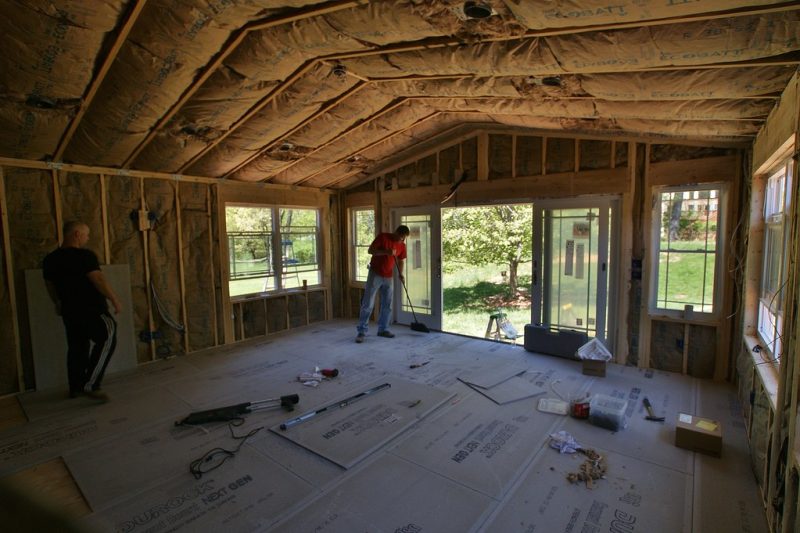
2. Cellulose Insulation
Cellulose insulation is made from recycled paper products, such as newspapers and cardboard. It is treated with chemicals to make it resistant to pests, fire, and mold. Cellulose insulation is known for its excellent soundproofing qualities and high R-value, which measures the effectiveness of insulation. It is also an eco-friendly option as it utilizes recycled materials.
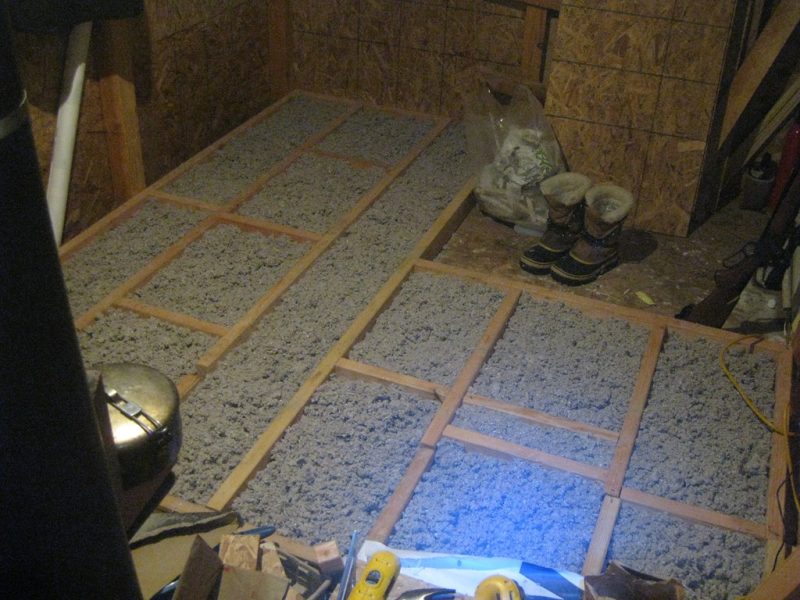
3. Spray Foam Insulation
Spray foam insulation is a versatile option that is applied as a liquid and expands to fill the desired space. It creates a seamless and airtight barrier, providing excellent insulation and energy efficiency. Spray foam insulation offers superior thermal performance and helps to reduce air leakage, making it an effective solution for attic spaces with irregular or hard-to-reach areas.
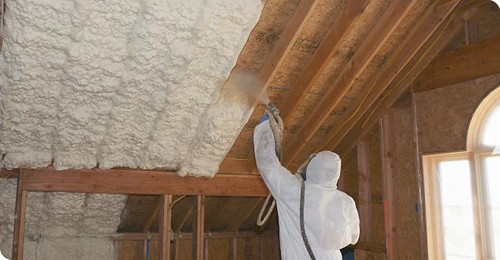
4. Mineral Wool Insulation
Mineral wool insulation is made from rock or steel slag, which is melted and spun into fibers. It is available in two forms: batts and loose-fill. Mineral wool insulation is known for its exceptional fire resistance and sound absorption properties. It provides good thermal insulation and is resistant to mold, pests, and moisture.
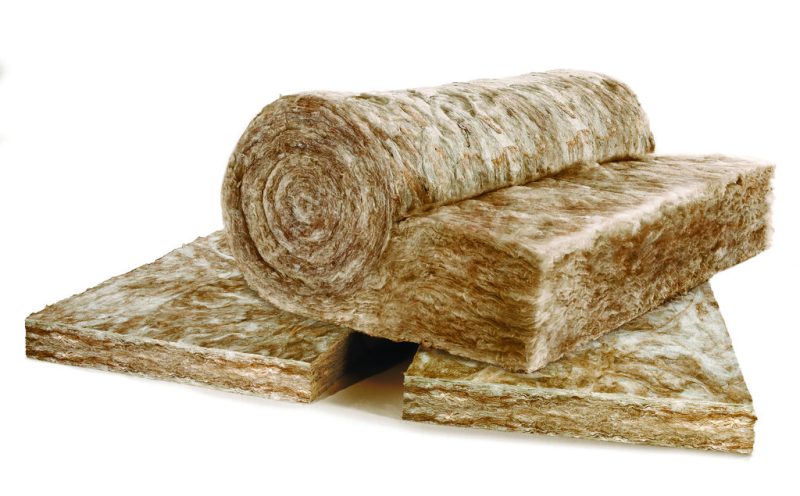
5. Reflective Insulation
Reflective insulation consists of a reflective surface, usually aluminum foil, that reflects radiant heat rather than absorbing it. This type of insulation is typically used in hot climates to keep attics cool. Reflective insulation is easy to install and provides a barrier against radiant heat transfer.
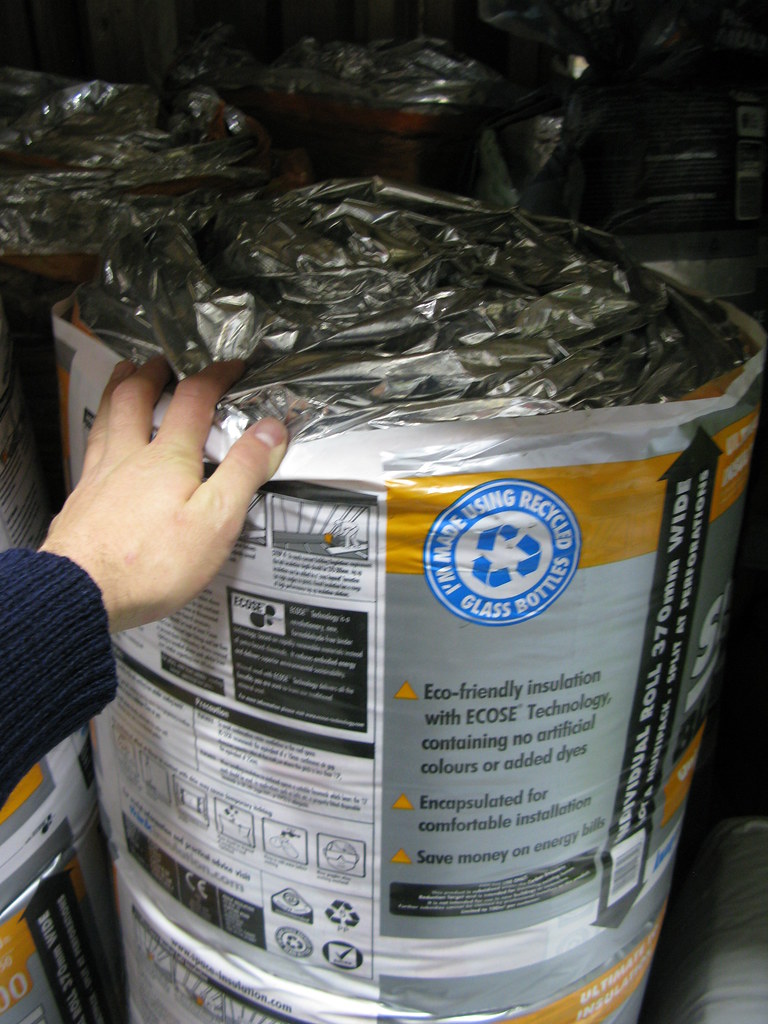
Pros and cons of each insulation material
When it comes to choosing the best insulation material for your attic, it’s important to consider the pros and cons of each option. Different materials offer varying levels of insulation, cost-effectiveness, durability, and environmental impact. Understanding these factors can help you make an informed decision that suits your specific needs.
Fiberglass Insulation Pros and Cons
One popular insulation material is fiberglass. It is widely available and relatively affordable.
- Fiberglass insulation is known for its excellent thermal performance, helping to keep your home warm in the winter and cool in the summer.
- It is also fire-resistant and does not promote the growth of mold or mildew.
- However, fiberglass insulation can be itchy to handle and requires proper installation to ensure its effectiveness.
Cellulose Insulation Pros and Cons
Another option is cellulose insulation, which is made from recycled paper products treated with fire-retardant chemicals.
- Cellulose insulation is an eco-friendly choice and offers great thermal resistance.
- It can be blown into attics, filling gaps and voids to provide efficient coverage.
- However, it may settle over time and lose some of its insulating properties.
Spray foam Insulation Pros and Cons
Spray foam insulation is another popular choice.
- It creates a tight seal, preventing air leakage and providing excellent insulation.
- Spray foam insulation offers superior energy efficiency and can help reduce utility costs.
- However, it is more expensive compared to other insulation materials and requires professional installation.
Mineral wool Insulation Pros and Cons
Mineral wool, made from rock or slag fibers, is known for its excellent fire resistance properties.
- It is also water-resistant and provides good thermal insulation.
- Mineral wool insulation is suitable for areas prone to moisture, such as attics.
- However, it can be more expensive than other options and may not provide as high of an R-value (a measure of thermal resistance) as some other materials.
Rigid Foam Insulation Pros and Cons
Lastly, there is rigid foam insulation, which offers high insulating value in a relatively thin material.
- It is moisture-resistant and provides good thermal performance.
- Rigid foam insulation is commonly used in areas with limited space, such as attics with low clearance.
- However, it can be costly, and proper installation is crucial to avoid gaps that can reduce its effectiveness.
R-value needed for your attic
Determining the R-value needed for your attic is a crucial step in choosing the best insulation for your home. The R-value measures the insulation’s resistance to heat flow and indicates its effectiveness in preventing heat transfer. The higher the R-value, the better the insulation’s thermal performance.
To determine the R-value needed for your attic, several factors should be considered. First, consider your climate zone. Different regions have varying temperature ranges, and the recommended R-value will depend on the climate you are in. Cold climates will typically require a higher R-value to provide adequate insulation and keep your home warm during winter months.

Consider the age and construction of your home. Older homes may have less insulation or outdated insulation materials, which may require higher R-values to improve energy efficiency. On the other hand, newer homes may have better insulation standards and may require lower R-values to maintain optimal thermal performance.
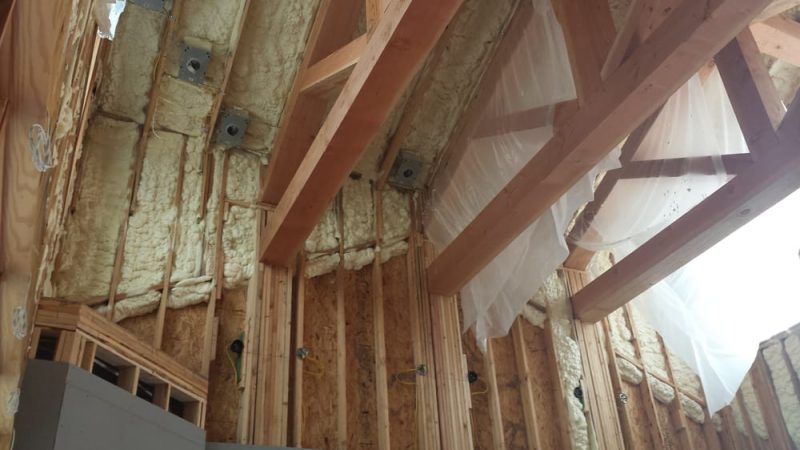
Assess the level of insulation currently in your attic. If you have insufficient insulation or notice energy inefficiencies, you may need to increase the R-value to enhance insulation effectiveness and reduce energy costs. Conversely, if your attic already has adequate insulation, you may only need to supplement it with additional insulation in specific areas.
Consider your budget and long-term savings. Higher R-value insulation may have a higher upfront cost but can lead to significant energy savings over time. Evaluate the potential energy savings against the initial investment to determine the most cost-effective R-value for your attic insulation.
Insulation installation process
Understanding the insulation installation process is crucial when choosing the best attic insulation for your home. It’s not enough to simply select the right type of insulation; you also need to ensure that it is installed correctly to maximize its effectiveness.
The first step in the installation process is to assess the condition of your attic. This involves inspecting the existing insulation, checking for any air leaks, and identifying any areas that may require additional insulation. It’s important to address any underlying issues before proceeding with the installation to ensure optimal results.
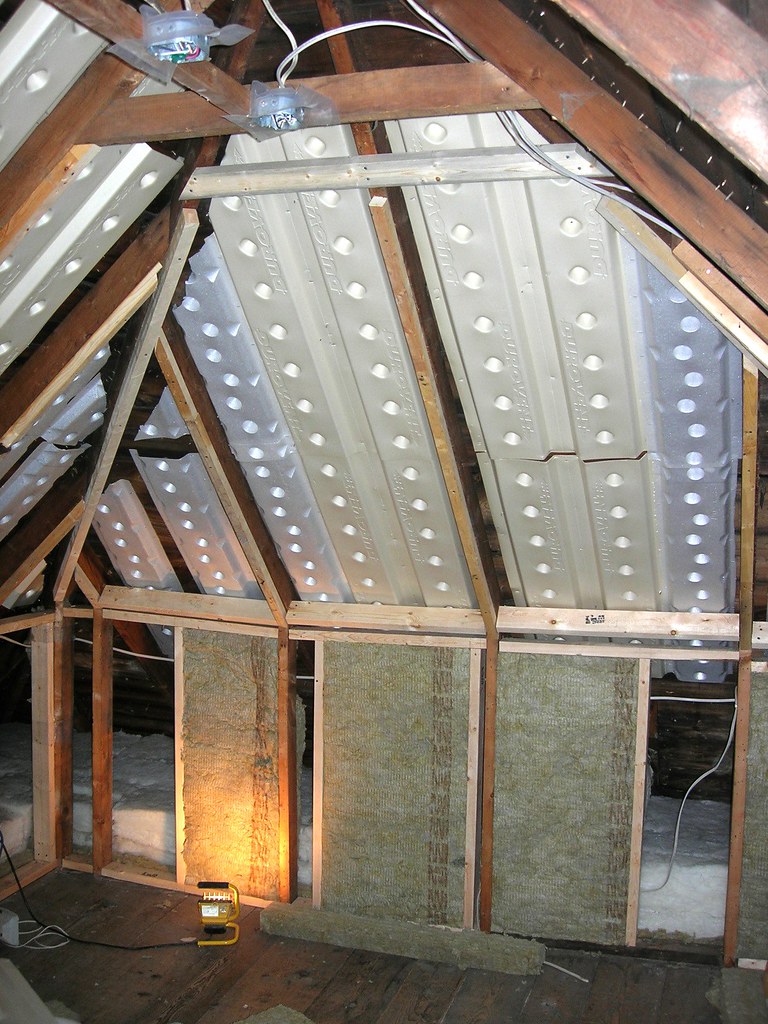
Once the assessment is complete, the next step is to prepare the attic for insulation. This typically involves cleaning the space, removing any debris or old insulation, and sealing any gaps or cracks. Proper preparation is essential to create a clean and airtight environment for the insulation.
After preparing the attic, the insulation can be installed. The method of installation depends on the type of insulation chosen. For example, if you opt for batt or roll insulation, it needs to be carefully measured and cut to fit between the attic joists. It should be snugly placed to avoid any gaps or compression that could reduce its effectiveness.
On the other hand, if you choose loose-fill insulation, it is typically blown or sprayed into the attic using specialized equipment. This method ensures that the insulation fills all the nooks and crannies, providing comprehensive coverage and maximizing energy efficiency.
During the installation process, it is essential to adhere to safety guidelines and wear appropriate protective gear, such as gloves and masks, to avoid any respiratory or skin irritations.
Once the insulation is installed, it’s important to inspect the attic again to ensure that there are no gaps or areas that require additional attention. Properly installed insulation should provide a seamless layer of thermal protection, helping to reduce heat loss in winter and heat gain in summer.
DIY vs. hiring a professional for attic insulation
When it comes to insulating your attic, one important decision you’ll need to make is whether to tackle the project yourself or hire a professional. Both options have their pros and cons, and understanding them can help you make an informed choice.
If you have the necessary skills, knowledge, and tools, opting for a do-it-yourself (DIY) approach can be a cost-effective solution. DIY insulation projects allow you to have full control over the process and can potentially save you money on labor costs. Additionally, it can be a rewarding experience to take on a home improvement project and see the results firsthand.
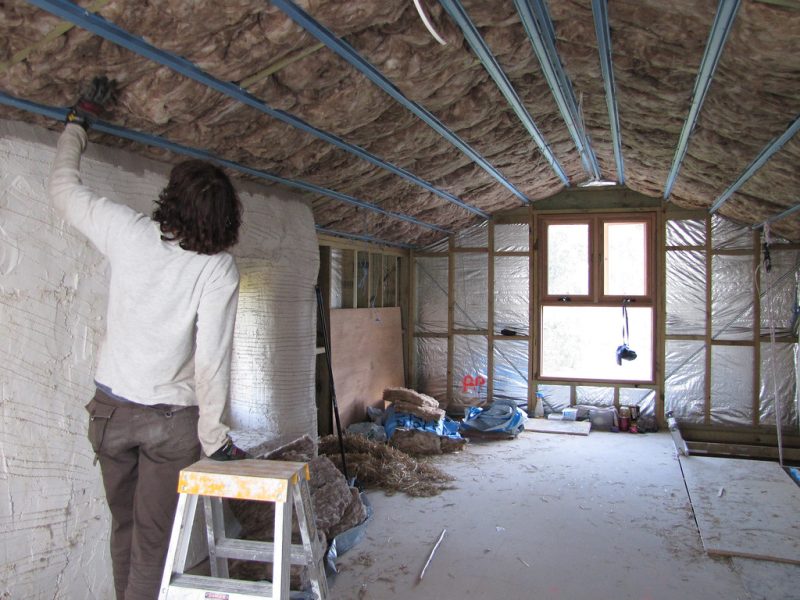
However, it’s important to note that attic insulation can be a complex task, requiring expertise in assessing the insulation needs, ensuring proper installation techniques, and choosing the right materials for your specific attic space. If you’re not confident in your abilities or lack the necessary experience, hiring a professional insulation contractor might be a wise decision.
Professional contractors bring valuable expertise and knowledge to the table. They have the necessary training and experience to assess your attic’s insulation requirements accurately. They can recommend the most suitable insulation materials, such as fiberglass batts, blown-in cellulose, or spray foam, based on factors like your climate, budget, and energy efficiency goals. Additionally, professionals can ensure that the insulation is installed correctly, preventing any potential issues in the long run.
Tips for preparing your attic for insulation installation
Preparing your attic for insulation installation is a crucial step in ensuring the effectiveness and longevity of your insulation. By taking the time to properly prepare the space, you can maximize energy efficiency, prevent moisture issues, and create a comfortable living environment. Here are some essential tips to consider before installing attic insulation.
1. Clear out the clutter
Begin by removing any stored items, debris, or unnecessary items from your attic. This will provide a clean and accessible space for the insulation installation.
2. Check for air leaks
Conduct a thorough inspection for any air leaks in your attic. Look for gaps, cracks, or openings in the walls, ceilings, or around pipes and vents. Seal these areas with weatherstripping, caulk, or foam insulation to prevent air leakage and maintain temperature control.
3. Ensure proper ventilation
Adequate attic ventilation is crucial for preventing moisture buildup and ensuring the longevity of your insulation. Check that your attic has proper ventilation through vents or fans and ensure they are clean and unobstructed.
4. Repair any damage
Before installing insulation, it’s important to address any existing damage in your attic. Look for signs of water leaks, pests, or structural issues. Repair any damages or hire professionals to address these issues before proceeding with insulation installation.
5. Measure and calculate
Accurately measure the square footage of your attic to determine the amount of insulation needed. Consider the recommended R-value for your region and consult with insulation experts to determine the best type and thickness of insulation for your specific needs.
6. Safety first
Insulation installation can be a dusty and physically demanding task. Prioritize safety by wearing protective clothing, gloves, goggles, and a mask to prevent exposure to insulation fibers. Additionally, ensure proper ventilation and take breaks when needed.
Cost considerations and budgeting for attic insulation
When it comes to choosing the best attic insulation, cost considerations and budgeting play a crucial role. Insulating your attic is an investment that can significantly improve the energy efficiency of your home and save you money on heating and cooling costs in the long run. However, it’s important to carefully assess your budget and choose insulation options that fit within your financial means.
Consider the initial cost of the insulation materials. Different types of insulation, such as fiberglass, cellulose, spray foam, and radiant barriers, vary in price. Research and compare the costs of each option, taking into account the size of your attic and the amount of insulation required. Keep in mind that while some materials may have a higher upfront cost, they could provide greater energy savings over time.
Factor in any installation costs associated with the insulation. If you are confident in your DIY skills, you may be able to install the insulation yourself and save on labor expenses. However, if you are unsure or prefer professional assistance, hiring a contractor will incur additional costs. Obtain quotes from different contractors to compare prices and ensure you’re getting the best deal.
It’s also essential to consider the long-term benefits and potential savings from the insulation. Evaluate the insulation’s R-value, which measures its thermal resistance. Higher R-values generally indicate more effective insulation. While insulation with higher R-values may have a higher upfront cost, it can result in greater energy savings over the years.
Don’t forget to explore any available rebates, incentives, or tax credits that can help offset the cost of attic insulation. Many governments and utility companies offer programs to encourage energy-efficient upgrades, including insulation. Research these opportunities in your area to maximize your budget and potentially lower the overall expense.
Frequently asked questions about attic insulation
When it comes to choosing the best attic insulation, there are often several questions that come to mind. To help you make an informed decision, we have compiled a list of frequently asked questions about attic insulation.
Why is attic insulation important?
Attic insulation plays a crucial role in maintaining the temperature and energy efficiency of your home. It helps to keep the hot air out in the summer and the warm air in during the winter, reducing the strain on your HVAC system and lowering your energy bills.
What are the different types of attic insulation?
There are various types of attic insulation available, including fiberglass, cellulose, spray foam, and radiant barrier. Each type has its own unique properties, installation requirements, and benefits. It’s important to consider factors such as R-value, moisture resistance, and fire safety when choosing the best insulation for your attic.
How do I determine the right R-value for my attic insulation?
The R-value measures the insulation’s resistance to heat flow. The higher the R-value, the better the insulation’s performance. The recommended R-value for attic insulation depends on factors such as your climate zone and the level of insulation already present. Consulting with an insulation professional can help determine the appropriate R-value for your specific needs.
Can I install insulation in my attic myself?
While it is possible to install attic insulation yourself, it is often recommended to hire a professional insulation contractor. Proper installation is crucial to ensure maximum effectiveness and energy efficiency. Professionals have the expertise and tools necessary to install insulation correctly and safely.
How long does attic insulation last?
The lifespan of attic insulation can vary depending on the type of insulation, the installation quality, and environmental factors. Generally, fiberglass insulation can last up to 50 years, while cellulose insulation has a lifespan of around 20-30 years. Regular inspections and maintenance can help identify any issues and ensure the insulation continues to perform optimally.
By understanding these frequently asked questions about attic insulation, you can make an informed decision and choose the best insulation option for your attic. Remember, professional guidance and installation are essential for achieving the desired results and maximizing the energy efficiency of your home.

